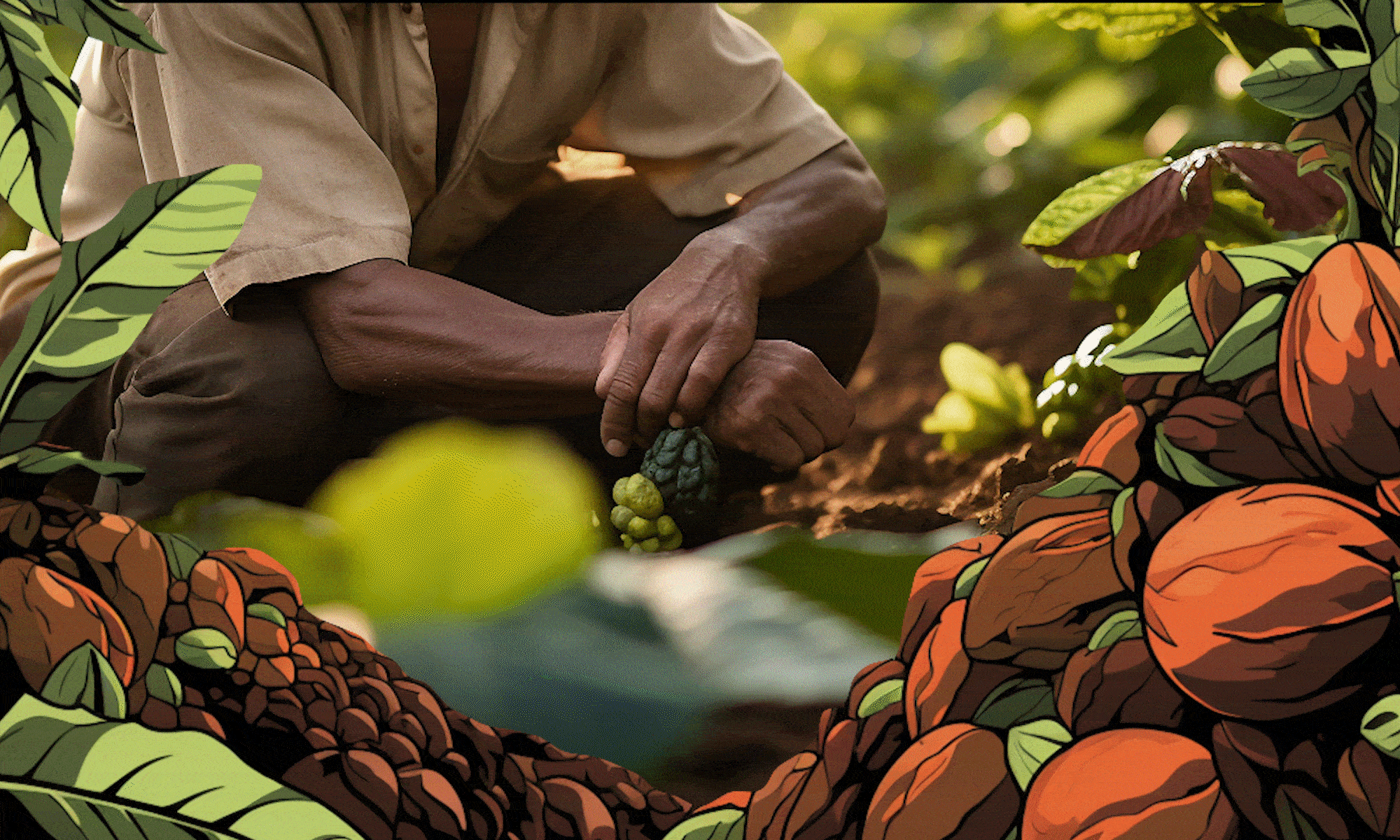The journey from cacao pod to chocolate bar is a fascinating transformation that hinges on one crucial step: fermentation. This ancient process, perfected over centuries, fundamentally alters the chemical composition, flavor profile, and nutritional value of cacao beans. Understanding the distinction between fermented and unfermented cacao opens a window into the art and science of chocolate making.
The Fermentation Process: Nature’s Alchemy
When a cacao pod is harvested, its beans are naturally surrounded by a white, pulpy mucilage rich in sugars. In traditional fermentation, farmers remove these beans and pile them in wooden boxes or banana leaves, where natural yeasts and bacteria begin their transformative work. Over 5-7 days, these microorganisms consume the pulp’s sugars, generating heat and triggering complex biochemical reactions within the beans.
During fermentation, temperatures rise to around 45-50°C (113-122°F), causing several crucial changes:
- The bean’s cell walls break down
- Complex proteins degrade into amino acids
- Polyphenols undergo oxidation
- Purple anthocyanins transform into brown melanins
- Various flavor precursors develop
Unfermented Cacao: Raw Potential
In contrast, unfermented cacao (sometimes called “raw” cacao) bypasses this microbial transformation. After harvest, these beans are immediately dried and processed. While this approach preserves certain characteristics of the fresh bean, it results in a markedly different product:
- The beans retain their natural purple-brown color
- The flavor remains more astringent and bitter
- The texture tends to be more brittle
- Some compounds remain in their original, unaltered state
Flavor Profiles: A Tale of Two Beans
Perhaps the most striking difference between fermented and unfermented cacao lies in their flavor profiles. Fermented beans develop complex notes of:
- Nuts and caramel
- Dark fruits and berries
- Woody and earthy undertones
- Reduced bitterness
- Enhanced chocolate base notes
Unfermented beans, however, exhibit:
- Stronger bitterness
- Green, grassy notes
- Higher astringency
- More pronounced acidity
- Less complexity in flavor development
Processing Implications
The choice between fermented and unfermented cacao significantly impacts chocolate production. Fermented beans are the gold standard for premium chocolate making, as they require less processing to achieve desirable flavors. The fermentation process has already done much of the heavy lifting in flavor development.
Unfermented beans, while more challenging to work with in traditional chocolate making, find their niche in certain applications:
- Raw chocolate products
- Some specialty health foods
- Traditional ceremonial uses
- Certain cosmetic applications
Nutritional Considerations
The fermentation process affects not only flavor but also nutritional content. Research indicates several key differences:
Fermented cacao shows:
- Reduced levels of certain polyphenols
- Higher bioavailability of some nutrients
- Modified protein structures
- Enhanced digestibility
Unfermented cacao maintains:
- Higher levels of original antioxidants
- More bitter compounds
- Original enzyme content
- Unchanged protein structures
Making an Informed Choice
Both fermented and unfermented cacao have their place in the modern food landscape. Fermented cacao dominates traditional chocolate making, providing the complex flavors we associate with fine chocolate. Unfermented cacao serves specific markets, particularly those focused on raw foods or traditional practices.
The choice between the two often depends on the intended application:
- For classic chocolate making: Choose fermented
- For raw food applications: Consider unfermented
- For maximum antioxidant content: Unfermented may be preferable
- For complex flavor development: Fermented is superior
Understanding these differences allows producers and consumers to make informed choices based on their specific needs and preferences. Whether pursuing traditional chocolate crafting or exploring alternative applications, both forms of cacao offer unique characteristics worth exploring.

